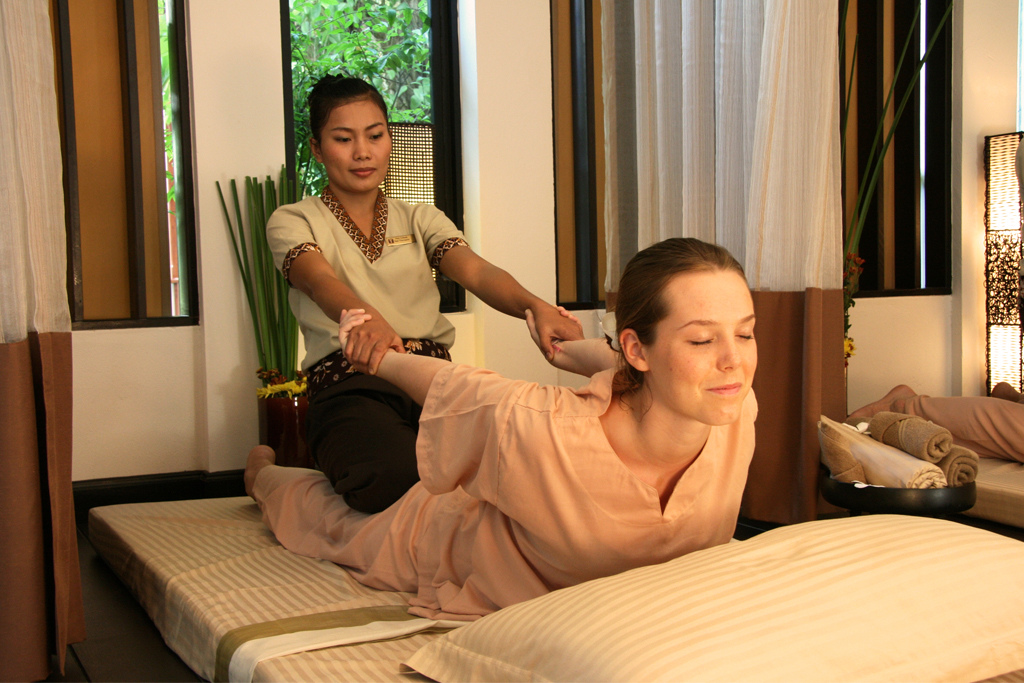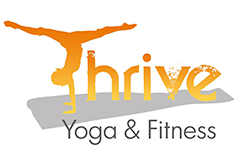
Vocabulary…of Touch?
We’re sometimes impressed when someone has a huge verbal vocabulary (or intimidated, bewildered… or actually bored). But what about our vocabulary of touch? What do we mean by this? A touch is a touch, surely. Right?
We don’t get quizzed in public school about different touch language, as we get quizzed for language in grammar classes. We aren’t shown tones of touch as we might be shown tones of colors in art class. Notes of touch, like scales in a music class? Not so much.
Truth be told, such a publicly mandatory class — on a sensibility so intimate — would be laughable at best, creepy at worst. We would be reading about it in the paper, and shaking our heads.
Touch is such a profound mode of experience, and a vital part of everyday living, particularly in romantic relationships. We should really have some training available on this very topic. But where can we seek this out, aside from lengthy (and expensive) enrollments in programs like massage therapist certifications, or prolonged (and highly specialized) varieties of couples’ therapy?
Yogic and Tantric Touch Workshops
Yoga, especially Tantric styles such as Thai yoga and others, opens up a whole new world of exploring the sense of touch collaboratively. Yoga also gives us more immediate tools and vocabulary for intimate touch, for givers and receivers, which obviously offers tremendous possibilities for romantic couples in particular.
Workshops can help couples explore their “touch language”. Both participants usually leave with a greater understanding of their own, and their partner’s experience of touch. These training sessions can also lay bare just how deeply we may have been suspending assumptions about exactly what kind of touch our partner likes, dislikes; what makes them melt, and what makes them cringe. You may be surprised what you find out when you simply stop and question. By learning a full spectrum of touch-tones, such as soft petting, grabbing, light nail-petting, pats, deep pressure holding, light pressure holding, light stroking or firm stroking, you’re likely to discover aspects of your touch-preferences you may not have been aware of.
Partner Yoga: “More, Less, Stay, Pause” and “Thank you”
One very powerful workshop exercise leads partners through a variety of guided massage techniques, with a yogic slant, recognizing that there is one giver and one receiver at a time. The receiver is responsible for guiding the giver, using a defined set of simple feedback terms: “more, less, stay, pause.” These four simple terms allow for an incredible exchange in touch language; truly profound in its simplicity while producing powerful results.
The giver learns to listen attentively and directly to the receiver’s feedback, and in many cases is also trained to simply say “thank you”, and the gratitude often becomes sincere as much as habitual with this repetitive practice.
The receiver learns both the safety and directness that empowers them to name their touch-needs. This applies to simple forms of physical contact, massage, and can certainly carry over into the bedroom. Let me reiterate, learning your touch language and how to confidently communicate as a giver as well as a receiver, is powerful and necessary in the bedroom.
Touch IQ and Mindfulness
Starting at this simple PG-rated level will teach you the mindfulness in touch exchange that will span the gamut of physical exchanges. Whether we’re talking about back-scratches, partner yoga, couple’s massage, or more private intimacies: there is a level of mindfulness and “witnessing” training that tantric touch exercises offer. There is the part of you performing these touches, and another part that witnesses, and perhaps even more layers deeply obscured witnessing the witnessing, and so on, allowing you to tap into that rich, multi-layered stream of consciousness.
The payoff will endure from the small-scale to the grand scale of “touch conversations” with your partner in romance. And even non-romantic varieties of touch-intimacy will become more attentive to the “vibe” of another’s touch language.
Your “Touch IQ”, in other words, can be upgraded several levels with this mindful practice. The benefits to all the related areas of emotional intelligence, sensitivity / awareness of others’ states, and insight into the experience of others… all will be enriched in ways you could hardly have imagined before beginning this skill-development.
Interested in more partner touch techniques?
Thrive periodically hosts Couple’s Retreats and Workshops, so be on the lookout for these upcoming events! After such training, you can take practices with you to sharpen your ability to savor mindful moments together, and experience a deeper connection to one another.
